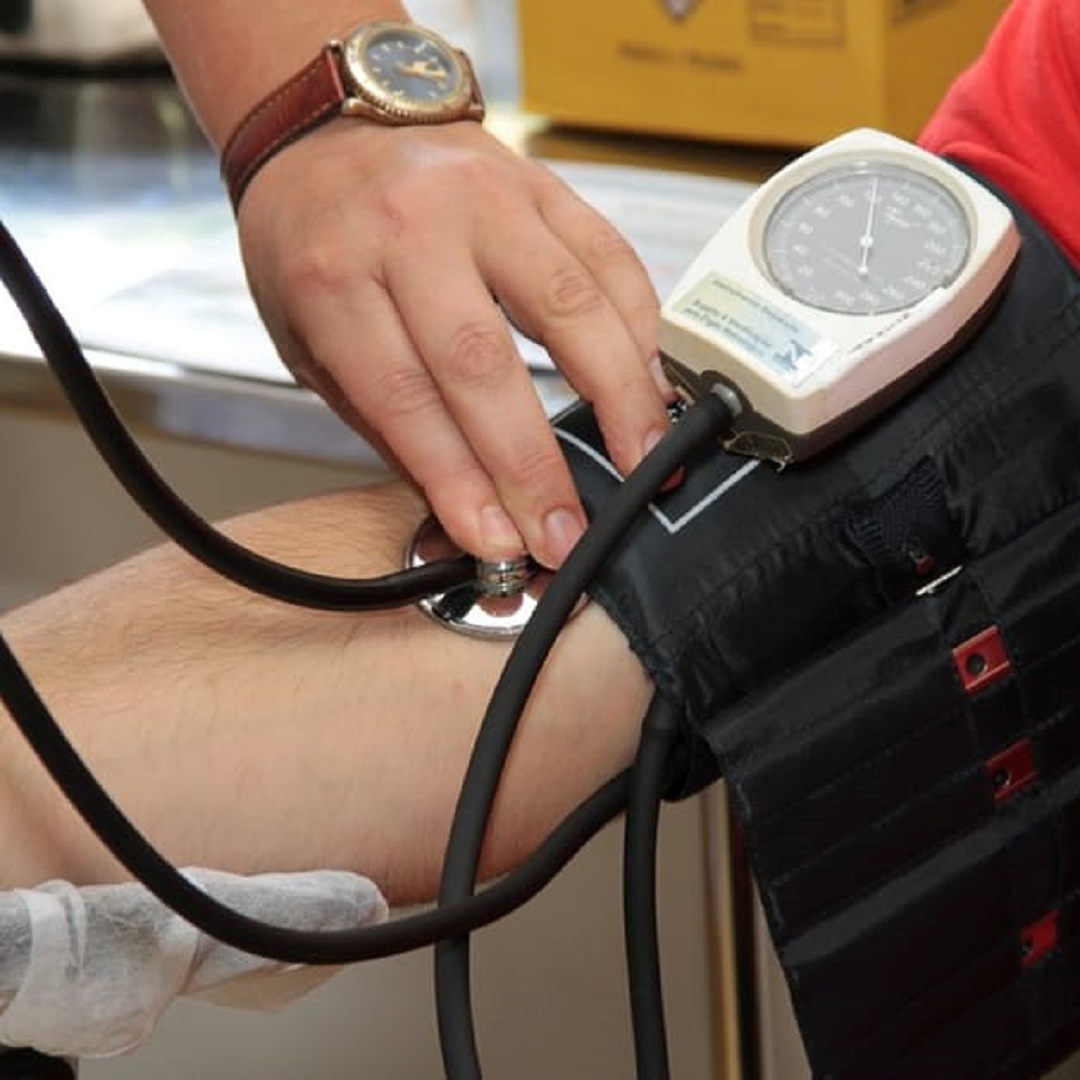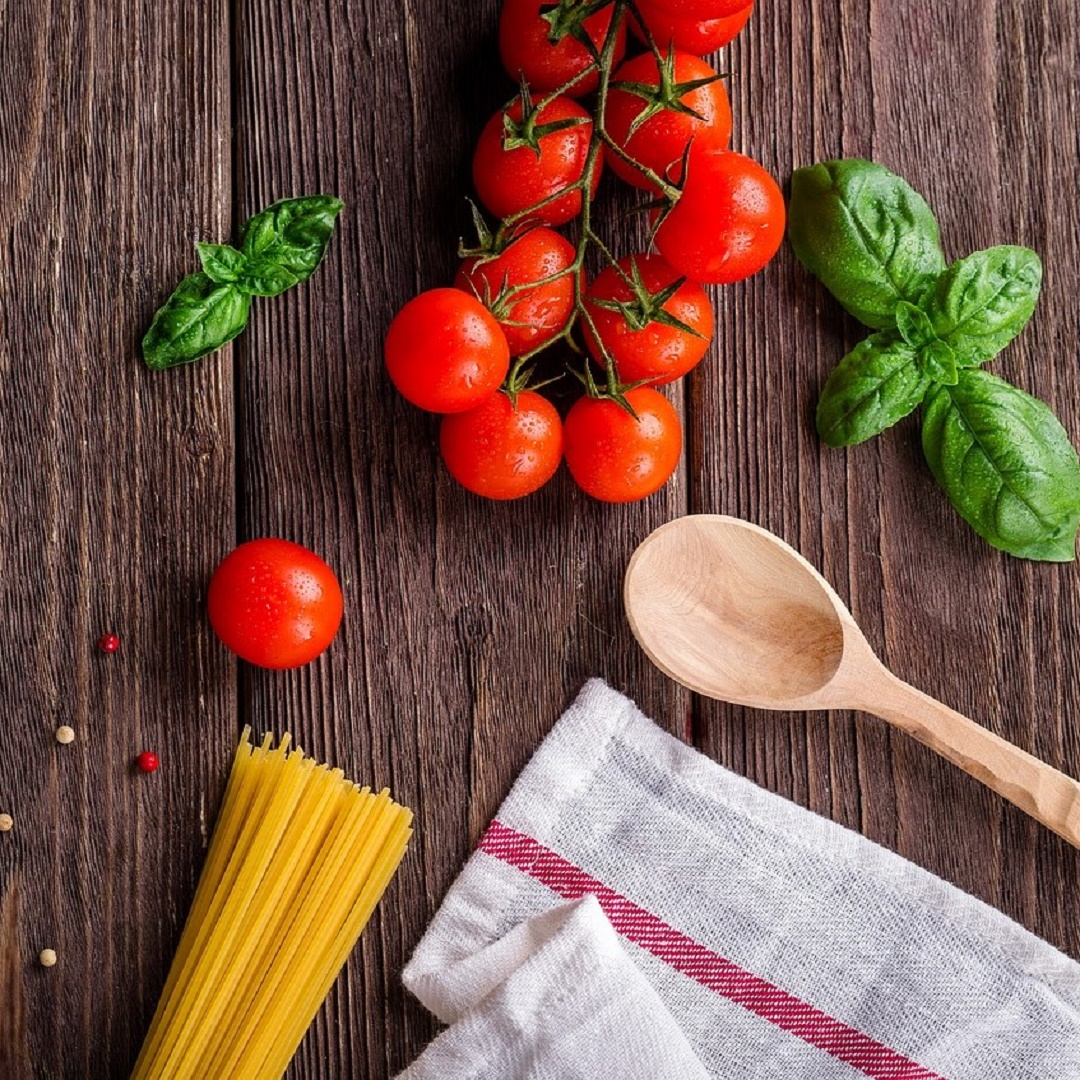03 Mar You Are What You Eat
As the ancient Greek physician Hippocrates said, “Let food be thy medicine and medicine be they food.” Burn survivors would do well to take these sage words to heart since no injury requires as much nutritional support in the form of calories and protein as a burn injury. You may not hear this ever again, but now is the time to literally eat your way back to good health.
 Upon admission to the hospital, the burn survivor may require enteral feeding, or feeding through a tube to ingest the high amounts of protein required initially. Prior to discharge, your medical team will evaluate your dietary requirements based on several factors which vary for everyone and for every burn injury. Age, height and weight are important factors, but your actual burn size is of most importance in determining how many calories you need to ingest. The bigger the size of your burn, the more nutrients you will require to heal. The good news in this scenario is that the more you eat, the faster you will heal.
Upon admission to the hospital, the burn survivor may require enteral feeding, or feeding through a tube to ingest the high amounts of protein required initially. Prior to discharge, your medical team will evaluate your dietary requirements based on several factors which vary for everyone and for every burn injury. Age, height and weight are important factors, but your actual burn size is of most importance in determining how many calories you need to ingest. The bigger the size of your burn, the more nutrients you will require to heal. The good news in this scenario is that the more you eat, the faster you will heal.
A proper diet has to fight for the burn survivor on many fronts. First and foremost, it must boost the immune system to reduce the risk of infection. It must help wounds heal faster, particularly if they are still open. It must stop the breakdown of muscle and stabilize muscle mass. And finally, it must promote rehabilitation by reducing weight loss. Variables such as pain and sedation often restrict appetites in burn survivors, but care must be taken to eat well and often.
Vitamins and minerals are welcome friends with benefits to the burn survivor. The curative properties of many of these are well known to us even before burn injury.  Vitamin C is an antioxidant that helps burns heal, and helps to prevent and treat infections. Zinc is a power player in both helping burns heal and in preventing infection, particularly when in partnership with Vitamin D. Vitamin E and selenium provide needed support as antioxidants. Selenium, the little-known and unsung hero in the trace mineral world, is an important soldier against inflammation, making it an excellent secret weapon for the burn survivor.
Vitamin C is an antioxidant that helps burns heal, and helps to prevent and treat infections. Zinc is a power player in both helping burns heal and in preventing infection, particularly when in partnership with Vitamin D. Vitamin E and selenium provide needed support as antioxidants. Selenium, the little-known and unsung hero in the trace mineral world, is an important soldier against inflammation, making it an excellent secret weapon for the burn survivor.
The burn survivor should try to incorporate protein at every meal, and consider supplementing meals with nutrient-rich beverages and snacks. Familiar and easy-to-procure and prepare sources of protein include: lean meats, eggs, nuts, fish, legumes, and low-fat dairy. Mysterious-sounding “ancient grains” are very popular healers now: spelt, kamut, teff, araranth and sorgum, and queen quinoa for example. Quinoa is probably the best known of all of these and is a great source of lysine as well as eight other amino acids that help synthesize and metabolize every function in the human body.
 We’re all guilty of occasionally eating for all the wrong reasons. Self- pity, boredom, anger and feeling social pressure, or even despair can all lead to poor food choices. Don’t shun anything in the famous food pyramid – everything on it, even fats and carbohydrates, is an important building block. But do your best to avoid foods that do not contribute to your healing such as: candy, whole-fat dairy, fat and sugar-enhanced beverages, and fatty meats. In lieu of fat- and sugar-enhanced beverages, concentrate on drinking water. Eating small meals or snacks throughout the day will keep you feeling full, maintain consistent levels, and prevent you from overeating.
We’re all guilty of occasionally eating for all the wrong reasons. Self- pity, boredom, anger and feeling social pressure, or even despair can all lead to poor food choices. Don’t shun anything in the famous food pyramid – everything on it, even fats and carbohydrates, is an important building block. But do your best to avoid foods that do not contribute to your healing such as: candy, whole-fat dairy, fat and sugar-enhanced beverages, and fatty meats. In lieu of fat- and sugar-enhanced beverages, concentrate on drinking water. Eating small meals or snacks throughout the day will keep you feeling full, maintain consistent levels, and prevent you from overeating.
A burn injury of any degree creates a whole set of complicated variables, over which the burn survivor has little or no control. Eating to heal is the one constant positive force for change that a burn survivor can control. Eating the right food can make you look better, feel better – and be better.
For more information about burn injuries please visit our website www.burnsurvivor.com
To contact attorney Robert A. Brenner directly, call 800- 669-7700 or email [email protected]
To learn more about attorney Robert A. Brenner, please visit his website www.brennerlaw.com
